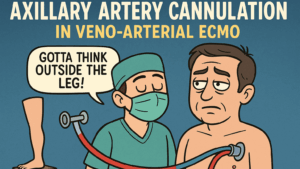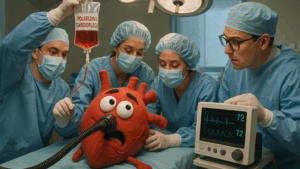Postoperative monitoring in pediatric cardiac surgical patients is crucial, especially after extubation, to prevent respiratory deterioration. This study, published in the Brazilian Journal of Cardiovascular Surgery, rigorously assessed the effectiveness and accuracy of transcutaneous monitoring of oxygen (TcPO₂) and carbon dioxide (TcPCO₂) as non-invasive methods to evaluate respiratory function in children following cardiac surgery.
Conducted at the Sri Jayadeva Institute of Cardiovascular Sciences and Research in Bengaluru, India, the observational study involved 30 children aged four months to three years who were extubated and displayed stable hemodynamics. The research compared these non-invasive measurements with the traditional gold-standard arterial blood gas analysis, particularly focusing on the arterial partial pressures of oxygen (PaO₂) and carbon dioxide (PaCO₂).
The study used Draeger TINA TCM4 monitors for capturing transcutaneous gases and took 240 paired samples over four hours post-extubation. Calibration of the probes and data collection were done meticulously by a single observer to reduce variability. Blood gas samples were drawn every 30 minutes, alongside simultaneous transcutaneous readings.
Statistical tools used in the analysis included Pearson’s correlation, linear regression, Bland-Altman plots, and Mountain plots. The findings revealed a highly significant correlation between TcPCO₂ and PaCO₂ with a Pearson’s r of 0.9519 and r² of 0.9060 (P<0.001), suggesting transcutaneous CO₂ can reliably substitute arterial measurements. The Bland-Altman analysis demonstrated a small bias of 2.579 mmHg and limits of agreement between -6.4 and 1.3 mmHg, which falls within the clinically acceptable threshold of ±7.5 mmHg, as per the American Association of Respiratory Care (AARC) guidelines.
Conversely, TcPO₂ values exhibited a weaker correlation with PaO₂. The r-value was 0.8942 and r² was 0.7996 (P<0.001), showing a noticeable mean bias of 20.171 mmHg and a wide 95% limit of agreement between -0.5 to 40.9 mmHg. This large variability and the broad confidence interval suggest TcPO₂ is not a reliable surrogate for arterial oxygen measurements in this patient population.
A Mountain plot analysis further supported these conclusions. It showed that the distribution for TcPCO₂ was tightly clustered around the mean, indicating precision and low variability. In contrast, the distribution for TcPO₂ had a long tail and higher median difference, reflecting poorer agreement and less consistency.
The discussion emphasized the need for accurate, continuous monitoring post-surgery in children. TcPCO₂ stood out as a practical, non-invasive alternative for CO₂ measurement, especially in settings where frequent arterial sampling is difficult or poses risk, such as in neonates and infants. It offers real-time tracking without the blood loss and complications associated with arterial lines.
However, TcPO₂ fell short of being clinically interchangeable with PaO₂. The study cited previous literature corroborating this inconsistency and explained physiological reasons — skin cells consume oxygen, leading to lower TcPO₂ values, and TcPO₂ does not reflect oxygen content or delivery. Moreover, environmental and technical factors, such as probe placement, temperature, and skin perfusion, heavily influence TcPO₂ readings.
While the benefits of transcutaneous CO₂ monitoring are clear, the study acknowledged its limitations. These included a small sample size, single-center setting, and short observation window. The authors called for larger, multicenter randomized trials to validate these findings and assess long-term utility in pediatric intensive care.
In conclusion, this study provides strong evidence that TcPCO₂ is a reliable surrogate for PaCO₂ in stable, extubated pediatric cardiac surgery patients. It enables non-invasive, continuous monitoring of ventilation status, making it a valuable clinical tool. However, caution must be exercised in interpreting TcPO₂ data, which lacks the precision needed for accurate assessment of oxygenation and should not replace arterial oxygen measurements.
This research underlines the growing relevance of non-invasive monitoring technologies in pediatric care and the importance of validating such tools against established standards before routine clinical adoption.







